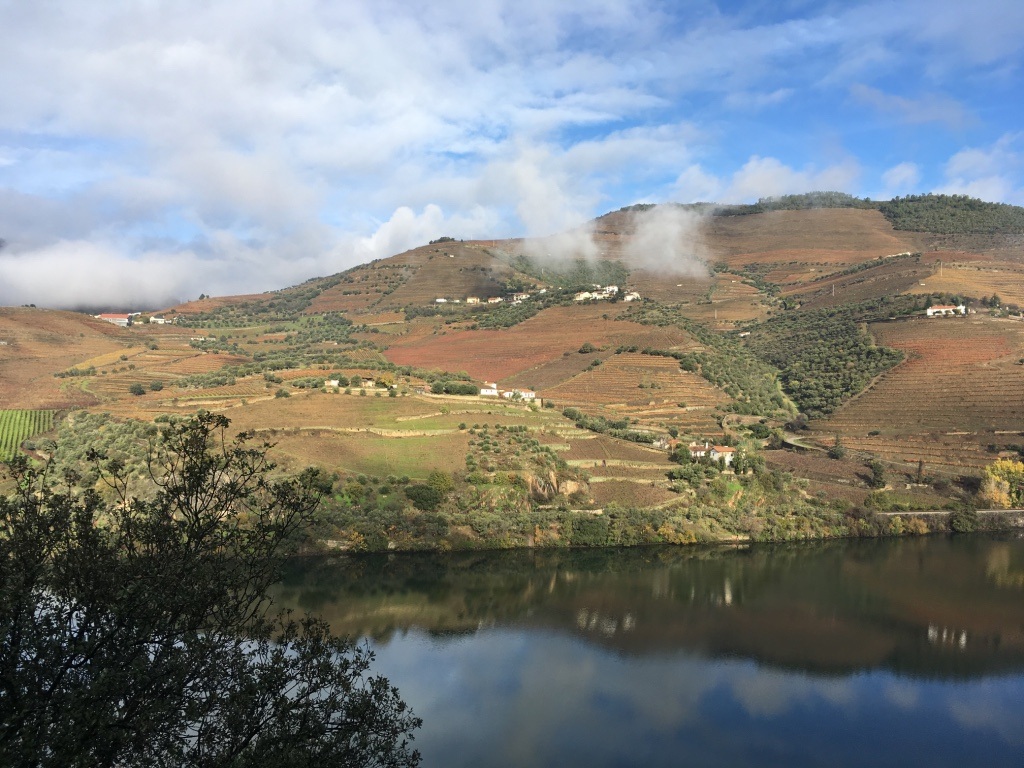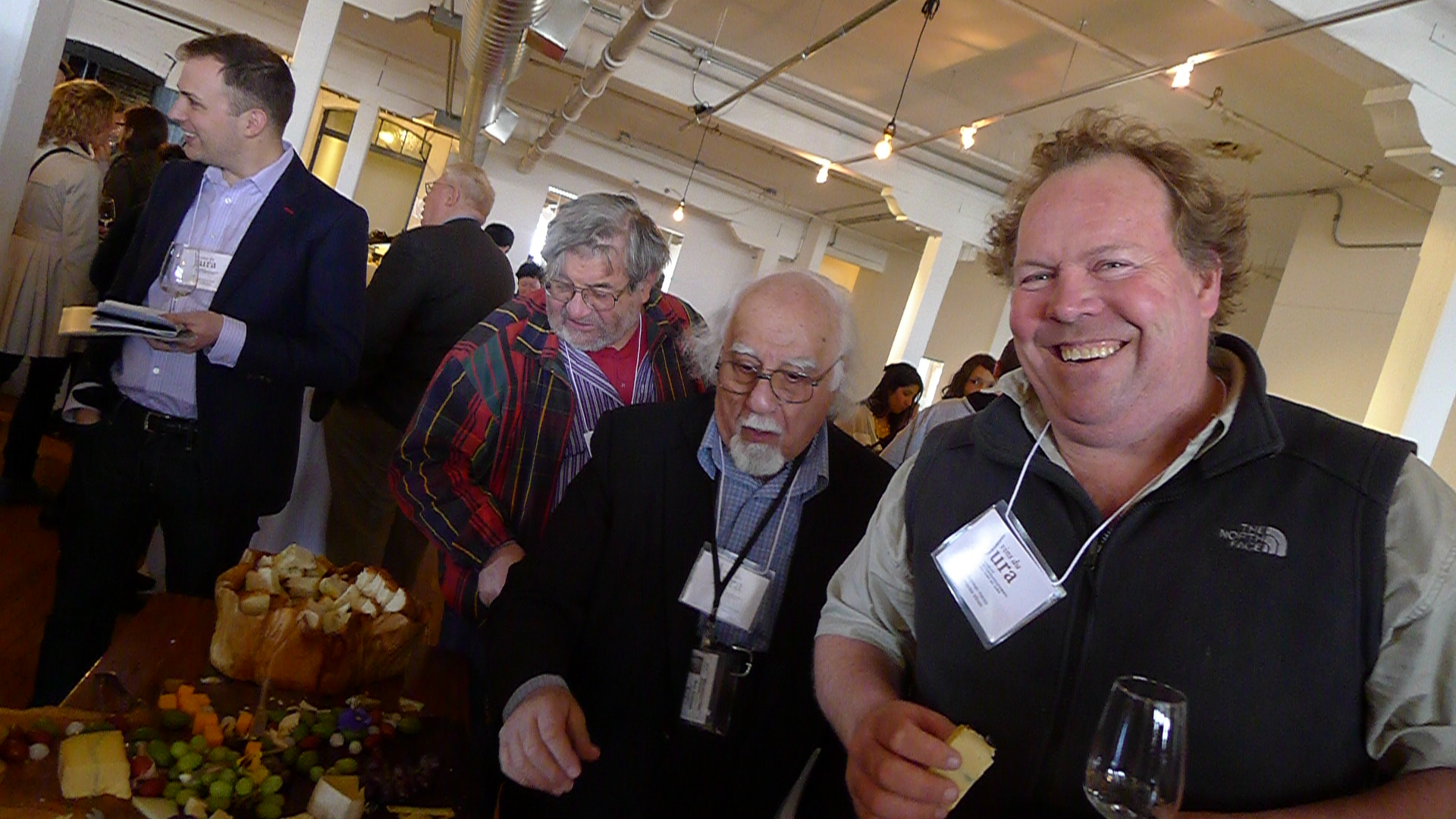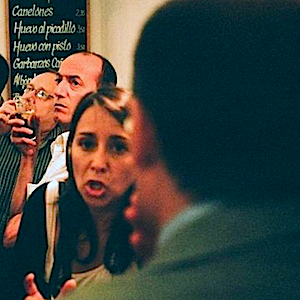The Season for Vinho Verde
As the snow melts and is replaced by crocuses and daffodils, our taste for spring is  awakened and our palates tend to crave lighter and more refreshing wines to enjoy on warmer days and longer evenings. Vinho Verde is the perfect wine for spring, a wine that can be enjoyed on its own, as an aperitif or as match for many foods.
awakened and our palates tend to crave lighter and more refreshing wines to enjoy on warmer days and longer evenings. Vinho Verde is the perfect wine for spring, a wine that can be enjoyed on its own, as an aperitif or as match for many foods.
Vinho Verde comes from the northwest region of Portugal, a region far from the hot and sunny beaches that Portugal conjures in our imaginations, and one that has an extreme Atlantic Ocean influence which means it is cool and rainy, ideal for producing light and fresh white wines. Vinho Verde is actually the largest appellation in Portugal, occupying almost 60,000 acres of land with thousands of small vineyards, some in tiny backyard plots. The vineyards are concentrated in the valleys of the region’s main rivers in mostly granite soils, which adds noticeable minerality to these bright, high-acid wines. (winesofportugal.com)
Although the name Vinho Verde literally means “green wine”, this does not refer to colour or flavour, but to the fact that these are young wines, meant to be enjoyed soon after harvest. Vinho Verde is often made from a blend of indigenous grapes including Alvarinho, Arinto, Avesso, Azal, Loureiro and Trajadura, and the wines are light, fresh and have a unique characteristic fizz. Some wines, however, from Loureiro or Alvarinho, are vinified on their own and are more concentrated, complex and age-worthy. Wines from Loureiro tend to have lower alcohol (8-11%), lots of bright citrus fruit and distinct aromatic floral notes along with vivacious acidity.
Vinho Verde is a great aperitif and an ideal pairing with salads, ceviche, grilled fish and seafood, sushi and sashimi; the wine’s high acidity is also a natural foil to richer foods like breaded pork and potatoes as well as traditional Portuguese fare like salted cod served with creamy rice.
The Vine is happy to have a wonderful example of single-varietal Vinho Verde from winery-collective Lua Cheia-Saven. The Maria Bonita 2020 Loureiro is an aromatic and complex wine with excellent balance and structure, a perfect wine to sip on or for your dinner table.
Maria Bonita 2020 Loureiro, Vinho Verde
Retail: $19.95 / btl (6btl/cs)
Click HERE to order!
The Wine
Maria Bonita 2020 Loureiro, Vinho Verde
Grapes are de-stemmed and gently pressed for an extended maceration at cool temperatures to preserve freshness and varietal characteristics. The resulting wine is aromatically intense with notes of citrus, melon and tree fruit along with soft, fragrant, floral notes. The wine is well-structured and balanced with bright acidity leading to a long finish.
Click HERE to order!
About Lua Cheia-Saven
Saven S.A. is an export company founded in 1988, that owns the Portuguese wine producer, Lua Cheia–Saven.
Lua Cheia-Saven is a Portuguese wine producer founded by winemaker Francisco Baptista and businessman Manuel Dias in 2009 and produces wines from some of the most important regions in Portugal, such as Vinho Verde, Douro, Dao, and Alentejo. Francisco received a degree in Agri-Food Engineering and a degree in Oenology at the university of Tras-os-Montes in 1994 and Alto Douro in 1999. Manuel, who sadly passed away in 2019, was a businessman, the guiding force behind the creation of Saven S.A and who liked to ‘create businesses in reverse and with no funding’.
Collectively Lua Cheia-Saven has over 40 hectares of vineyards in Vinho Verde, Douro which they farm organically. In partnership with local growers, who also farm organically, they have access to a total of 200 hectares – including sites in Alentejo and Dâo. Portuguese laws do not allow for the transportation of grapes between regions, so Lua Cheia-Saven operates 5 different wineries across Portugal with a dedicated team at each winery.
Impressively, the partners are all about re-investment in the vineyards and wineries. Recently, a beautiful estate situated at the very highest altitude in the Douro valley was added. Quinta do Bronze is a single estate of 20 hectares, with narrow, terraced vineyards, an ancient winery (that is being lovingly restored). This remarkable place is the source of some old field-blend vineyards, a resource which is slowly becoming lost as many winegrowers choose to replant with mono varietals.
The wineries themselves are very modern in design with plenty of space for their barrel rooms, stainless steel tanks and a few experimental vessels such as concrete eggs. Sur lie aging with battonage is the name of the game regardless of the level of wine being produced. In Vinho Verde, 3 ranges are made depending on whether the grapes are purchased from their growers, farmed themselves and whether they see stainless steel or some oak aging. Similarly, in the Douro, they have a total of 5 ranges – the distinction being between old field-blend vineyards and more modern blended wines from the three main grapes found in the region (Tinta Roriz, Touriga Francesca and Touriga Nacional). In each instance a delicate touch is required. Stainless steel vs oak decisions are made depending on the quality/price level and complexity of the wine (but always with sur lie & battonage in mind).
Lua Cheia’s wines offer exceptional value for money and have garnered much international acclaim.







